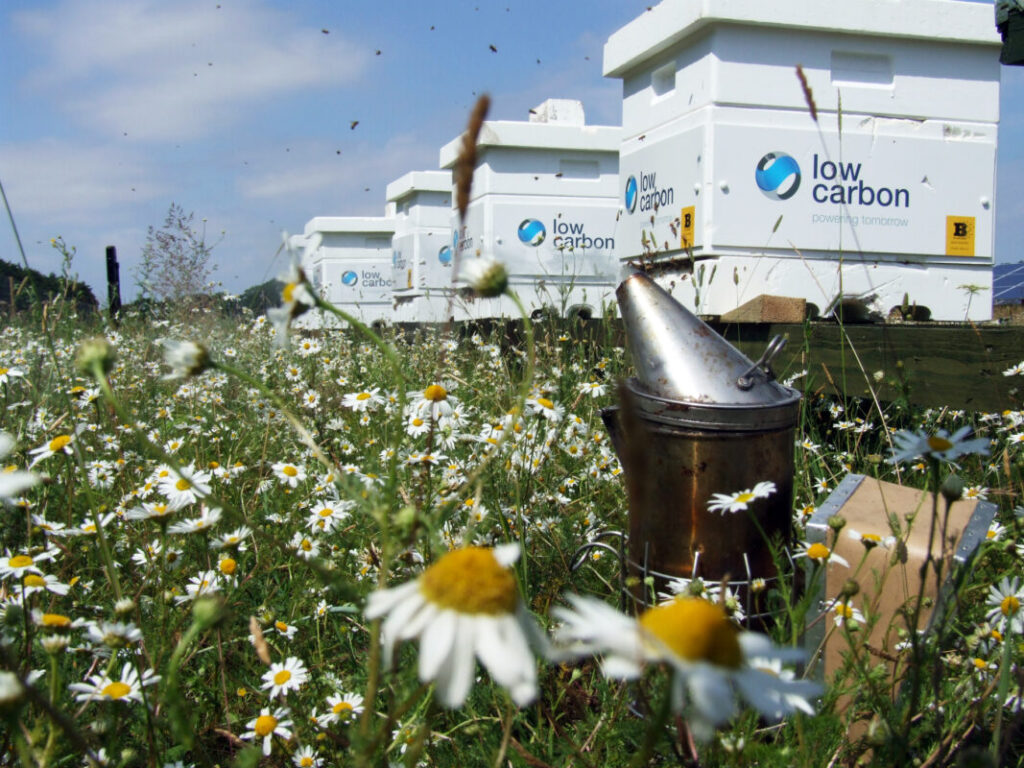
A new study by Lancaster University scientists and renewable energy firm Low Carbon has been launched to understand the impact of solar farms on biodiversity.
The research, which will be conducted at Westmill Solar Park in Oxford, will use new technologies to continually assess the presence of pollinating insects around the solar farm. These technologies include acoustic monitoring devices and Automated Monitoring of Insects (AMI) traps that assess moth biodiversity in the area.
Although this technology has been used to assess biodiversity in agricultural settings, this is the first time it has been used in a renewable energy setting.
Welcoming the study, ESG and sustainability director at Low Carbon, Harriet Parker said: “At Low Carbon, we are committed to creating as much renewable energy capacity as possible while protecting the environment for future generations. For us, it is not good enough to just be a leading renewable energy producer, we also have to drive positive impact to protect and boost nature and biodiversity. The data already tells us that solar sites can have a positive contribution on nutrient-depleted land that is no longer able to produce food at scale by allowing the land to rest, and I am excited to see what other benefits we can learn about solar from this new study.”
Hollie Blaydes, researcher at Lancaster University, who is leading the study, added: “We are very excited about this study and look forward to measuring biodiversity using new methods. By harnessing these emerging technologies alongside carrying out traditional monitoring techniques, we hope to gain insight into what the future of biodiversity monitoring might look like at solar farms. The data we collect will also tell us more about how pollinators respond to solar farms, compared to similar land uses, which is key when trying to embed biodiversity benefits into solar developments.”
Biodiversity is a big issue
Many who object to solar farms raise concerns that their land use may damage wildlife habitats, but in fact, the opposite has been proven to be true.
A 2024 survey by Solar Energy UK hailed solar farms as “havens for biodiversity”, with Hollie Blaydes responding to this by noting at the time that “Groups such as birds and invertebrates appear to respond positively to biodiversity-focused management at solar farms and we hope to continue working with the data to further unpick the patterns identified.” Ecologically vulnerable bird and mammal species, including yellowhammers, linnets, starlings and brown hares, were commonly found on the 87 studied solar farms.
Earlier studies have also corroborated the positive impacts of solar farms on biodiversity, with environmental impact studies by Downing Renewable Developments and Endurance Energy showing biodiversity net gains of 176% and 62%, respectively, on their 50MW solar farm plans.
Solar farm developers have increasingly been focusing on biodiversity in their development plans. Queequeg Renewables recently partnered with environmental consultancy Biodiverse Consulting to boost biodiversity at five of its solar and battery energy storage system projects.
Solar Power Portal’s publisher Solar Media will host the UK Solar Summit on 4-5 June 2024 in London. The event will explore the UK’s new landscape for utility and rooftop solar, looking at the opportunities within a GW+ annual market, and much more. For more information, go to the website.

